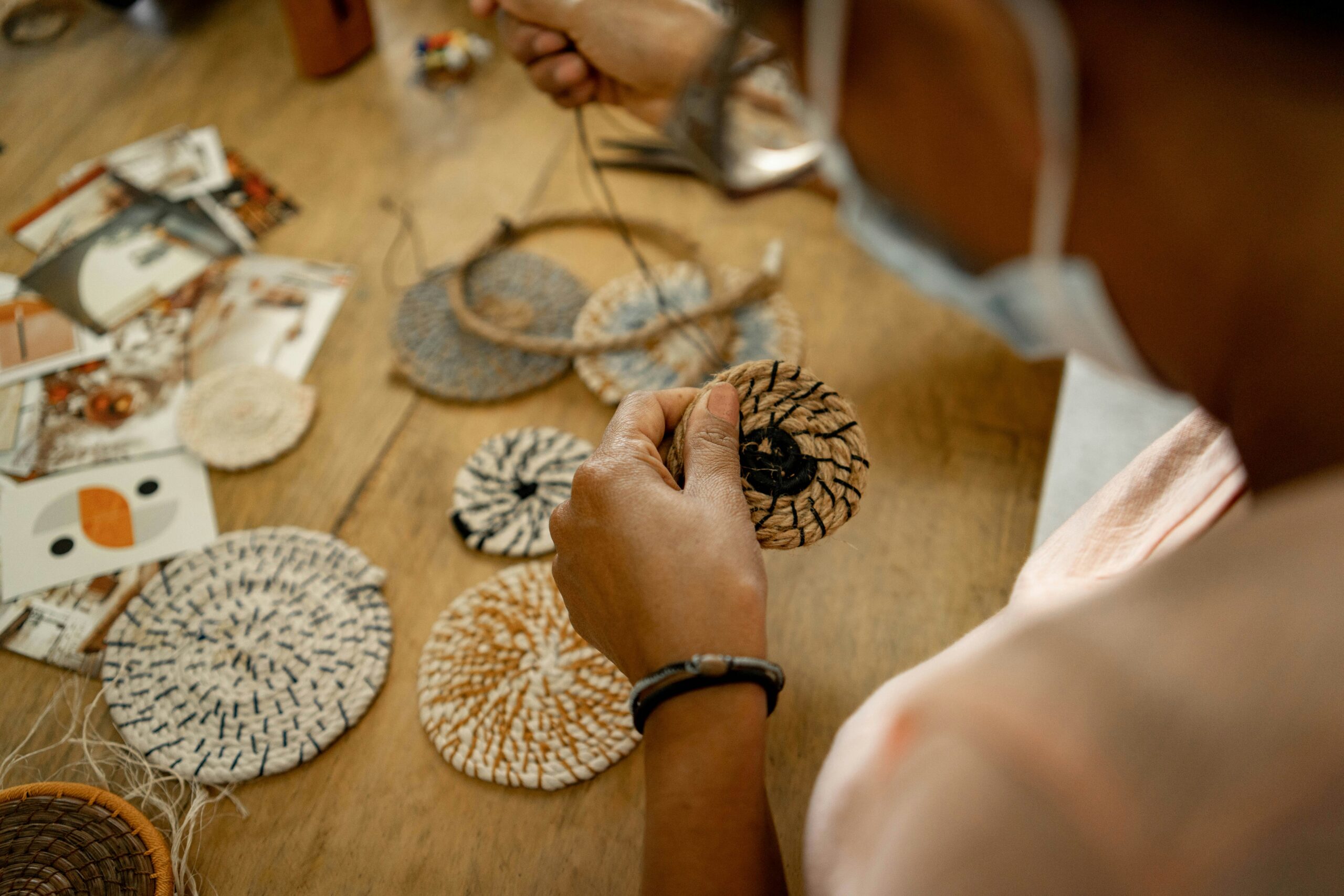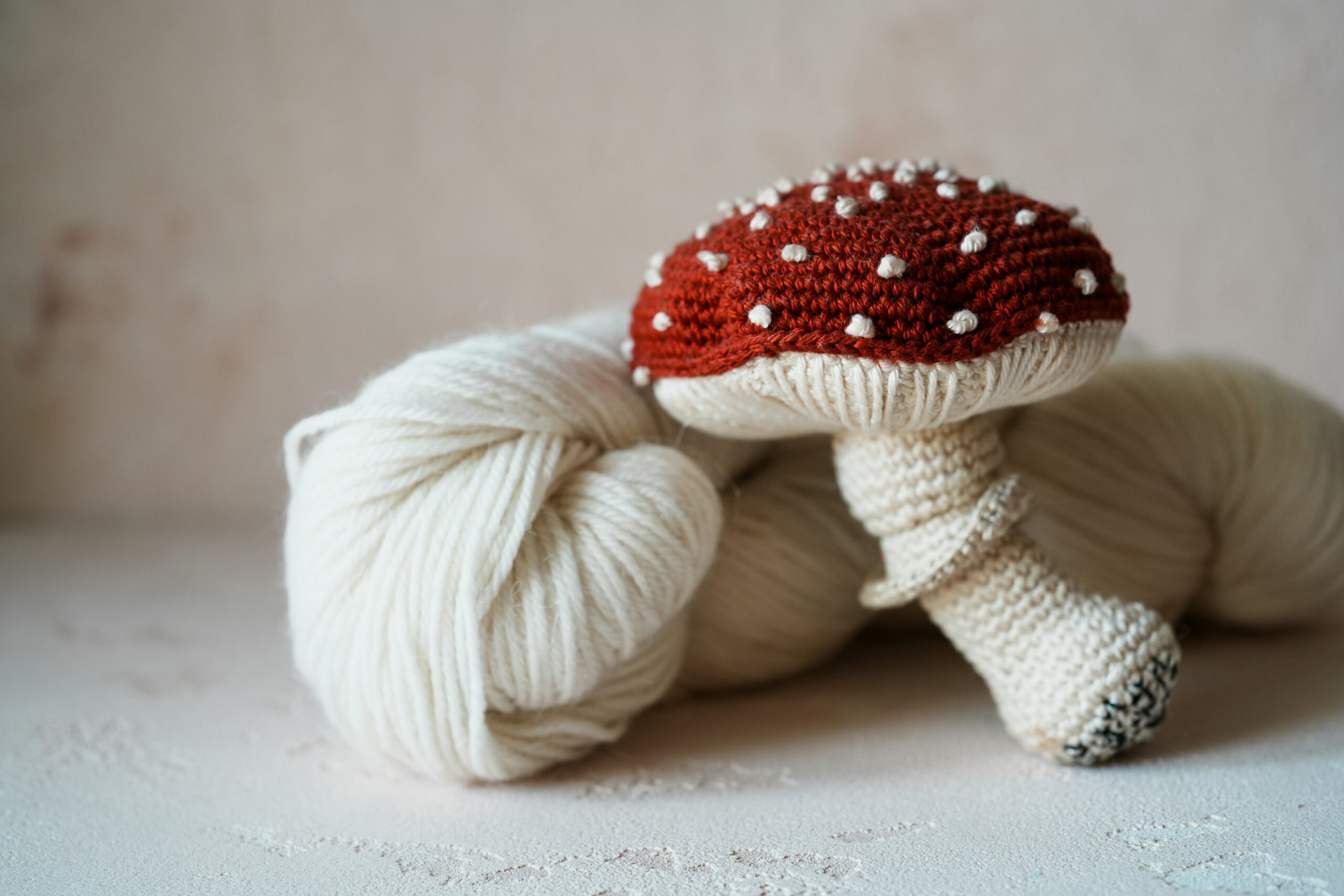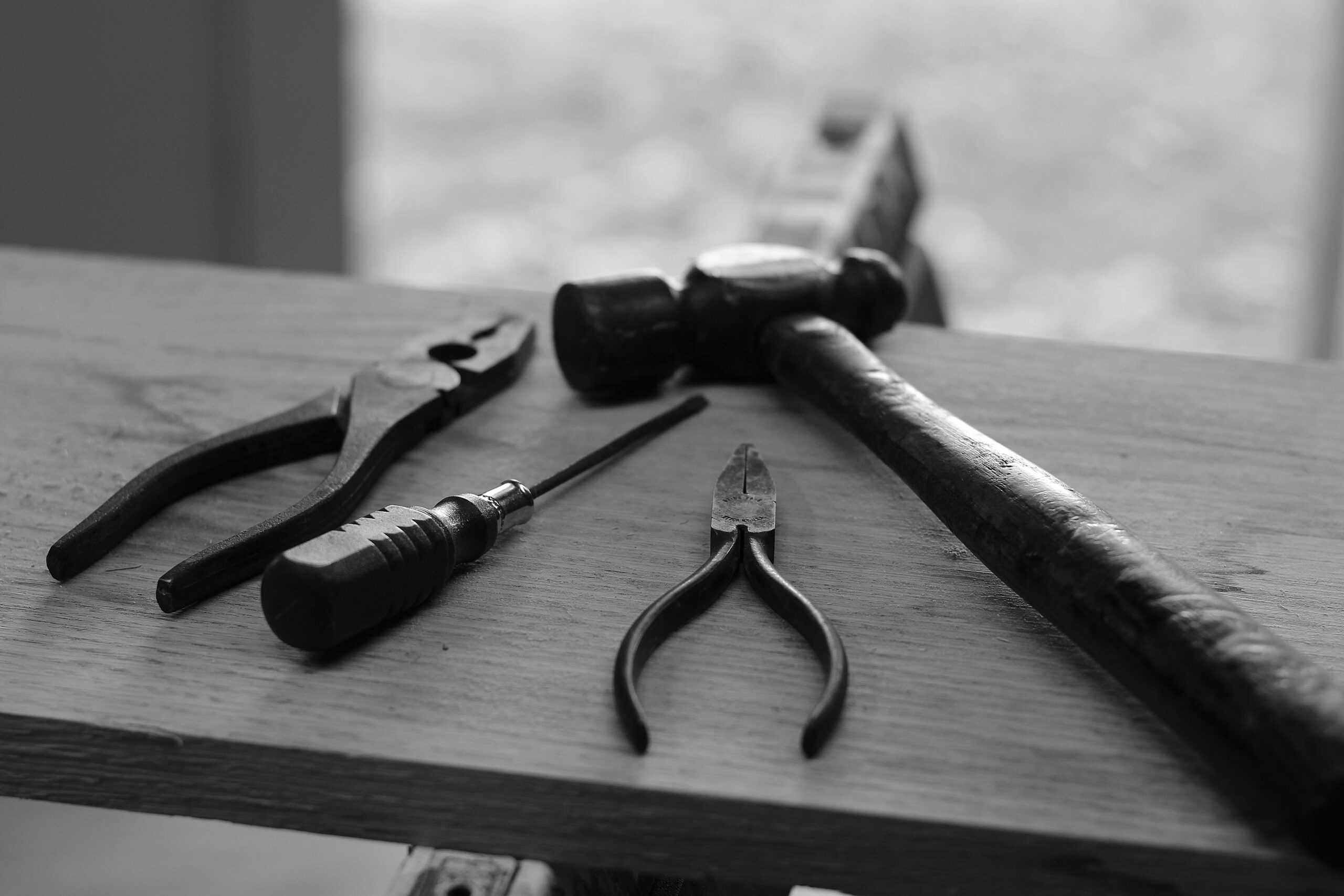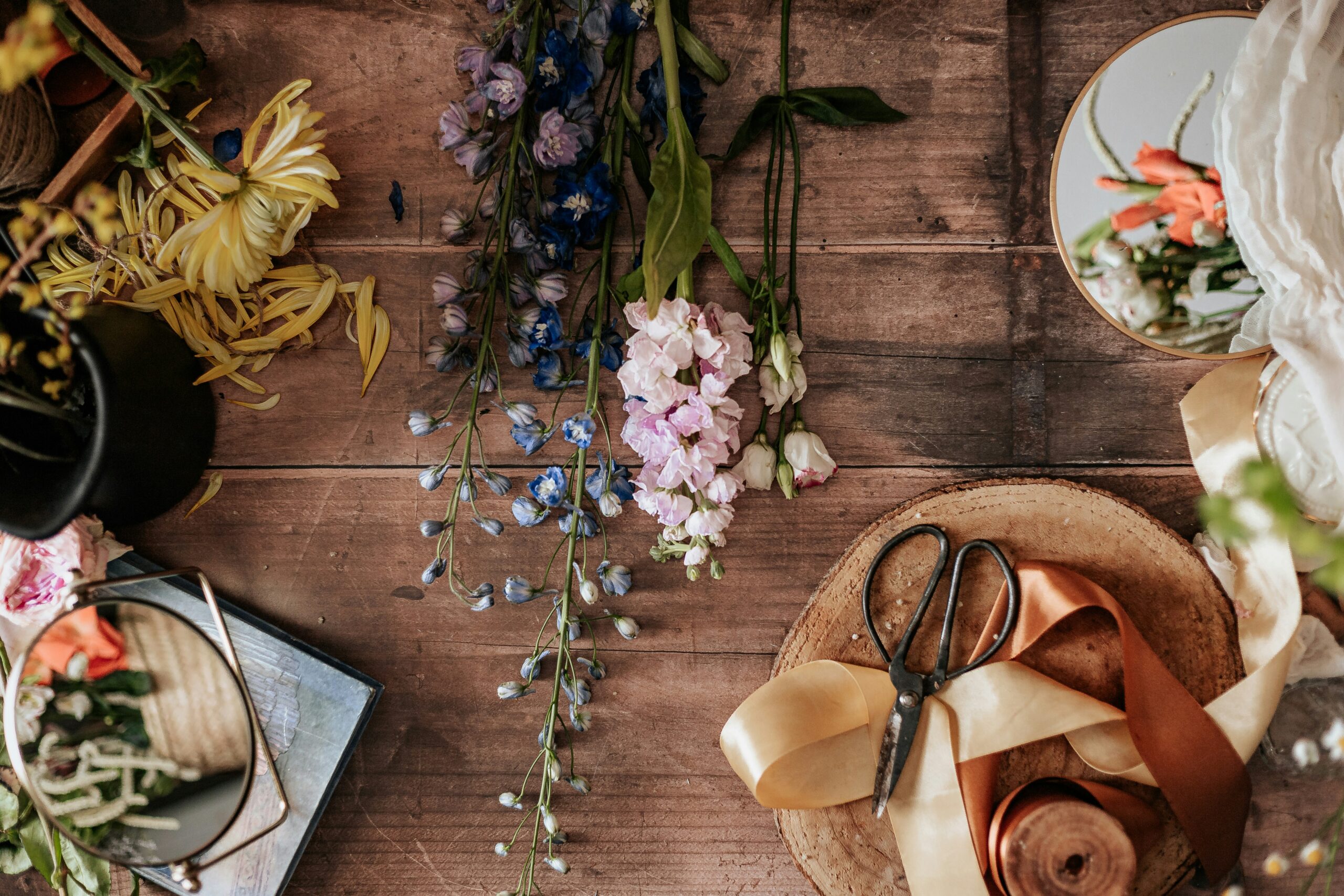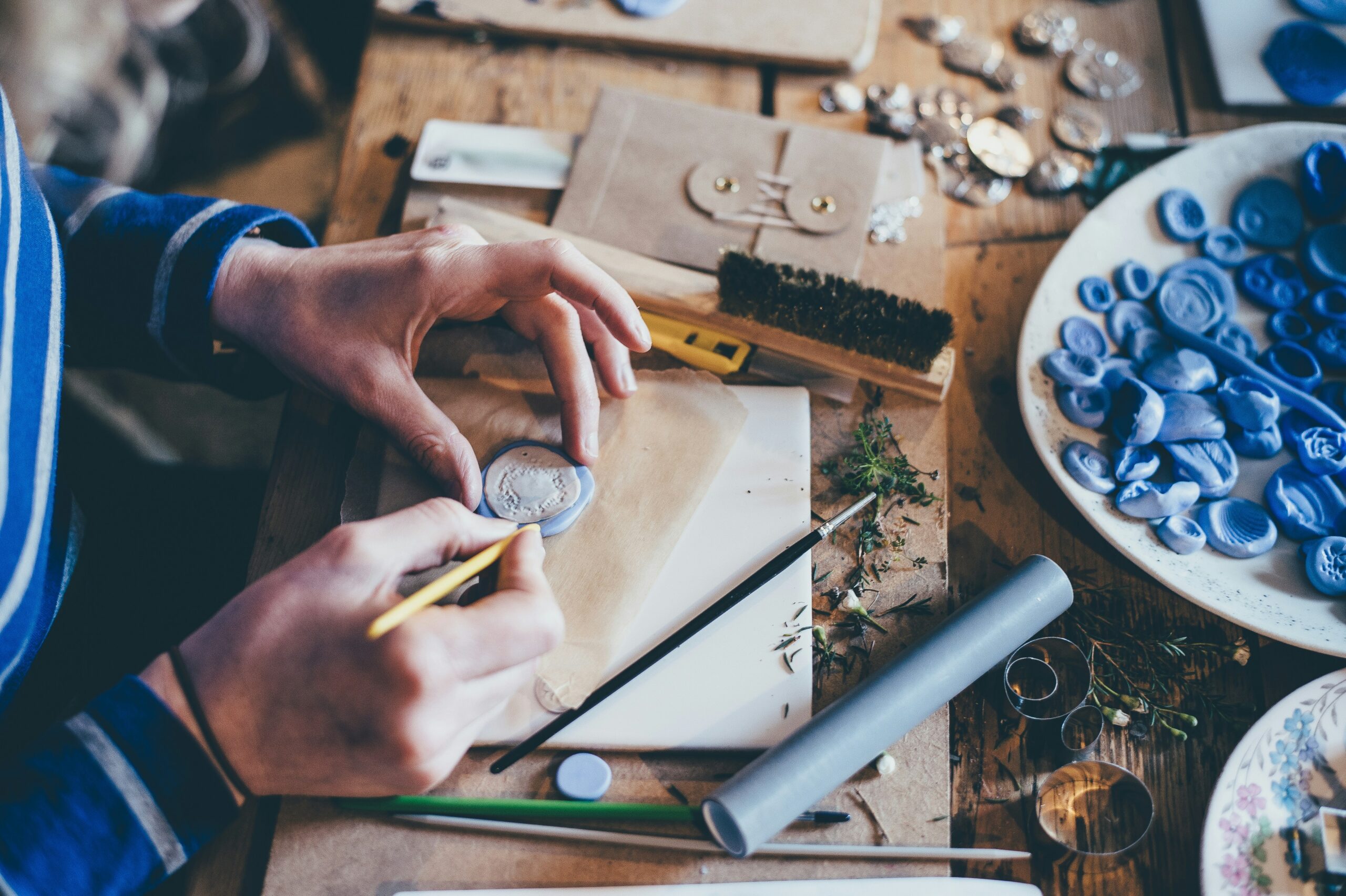In today’s fast-paced world, we often find ourselves juggling multiple responsibilities while constantly being bombarded by information. The stress and anxiety that accompany this modern lifestyle can be overwhelming, leaving us in need of ways to unwind and restore our mental well-being. Enter handcrafting. Whether it’s knitting, painting, pottery, or any other form of DIY project, crafting offers a simple yet powerful way to manage stress, promote mindfulness, and boost your mood.
In this article, we’ll explore the mental health benefits of handcrafting and how engaging in creative activities can be a valuable tool for improving your emotional well-being:
- How handcrafting improves mental health
- Handcrafting as a form of mindfulness
- Building self-esteem through crafting
- Crafting as a social activity for connection
- Developing a crafting route for your mental well-being
How handcrafting improves mental health
Handcrafting has long been associated with therapeutic benefits, and for good reason. One of the most significant ways crafting positively impacts mental health is by reducing stress and anxiety. When you focus on creating something with your hands, you’re giving your brain a break from the constant demands of everyday life. This shift in focus can help lower cortisol levels – the hormone associated with stress – and promote relaxation.
The act of creating something tangible, whether it’s a knitted scarf or a hand-painted canvas, allows you to get absorbed in the process. This immersion helps divert attention from worries and negative thoughts, which often fuel anxiety. By concentrating on a craft, you activate the parasympathetic nervous system, which is responsible for the body’s relaxation response. This results in a calming effect that can reduce feelings of stress and help regulate your emotions.
Furthermore, crafting can act as a form of self-care. Unlike passive activities, like scrolling through social media, handcrafting requires you to be actively engaged. This focus on something productive can provide a sense of purpose and accomplishment, which has long-term benefits for mental health.
Handcrafting as a form of mindfulness
One of the most powerful aspects of crafting is its ability to promote mindfulness. Mindfulness is the practice of staying present and fully engaged in the moment, without judgement. In today’s world, where distractions are endless, practising mindfulness can be incredibly beneficial for reducing anxiety and enhancing emotional regulation.
When you’re crafting, particularly in activities like knitting, crocheting, or painting, the repetitive tasks involved can induce a state of mindfulness. For example, with knitting, the act of knitting stitch after stitch encourages you to slow down and focus solely on the movement of your hands and the feel of the yarn. It’s a form of active meditation, where you’re not thinking about the past or worrying about the future. Instead, your mind is absorbed in the present, which helps ease tension and increase feelings of calm.
The beauty of crafting is that it doesn’t require you to “clear your mind” in the way traditional meditation might. Instead, the task itself becomes your focus, making it easier to stay in the moment. Whether it’s the sound of the knitting needles clacking together or the motion of a paintbrush gliding across a canvas, crafting naturally encourages mindfulness – and with regular practice, it can have a profound impact on mental clarity and emotional balance.
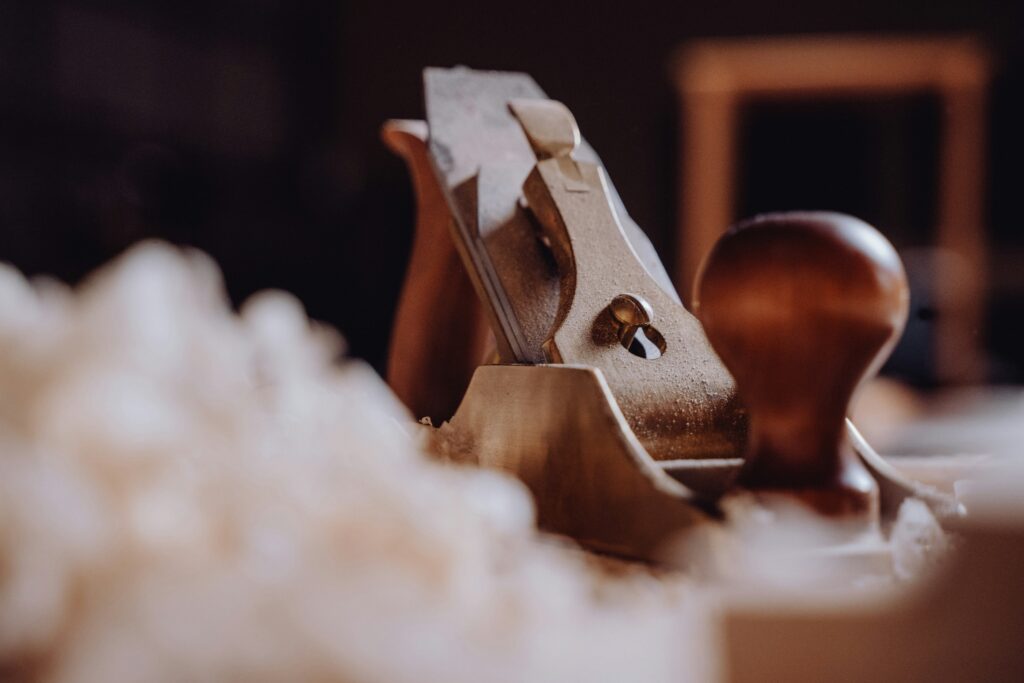
Building self-esteem through crafting
Completing a handcraft project provides a sense of accomplishment that can significantly boost self-esteem. In today’s digital world, it’s easy to feel disconnected from tangible results, especially with much of our work taking place online or in abstract, virtual spaces. Crafting, however, offers a physical, visible product that you’ve made with your own hands. This tangible result fosters a deep sense of pride and satisfaction.
When you complete a craft project – whether it’s a homemade quilt, a knitted sweater, or a clay bowl – you’ve not only created something functional or decorative, but you’ve also overcome the challenges that come with it. Learning new skills, troubleshooting mistakes, and seeing your progress over time can make you feel capable and confident. Each completed project adds to your sense of self-worth and helps build a positive, can-do attitude.
For beginners, the sense of accomplishment that comes from finishing even a small project, like a hand-knitted dishcloth, can have an enormous impact on your self-esteem. Crafting encourages a growth mindset, reminding you that progress is made through consistent effort and practice, not perfection.
Crafting as a social activity for connection
In addition to its personal mental health benefits, crafting can also provide a sense of community and connection. Many people find that engaging in creative projects allows them to connect with others who share similar interests, whether it’s through local craft groups, online communities, or crafting workshops. In a world where many of our social interactions take place virtually or in passing, crafting offers a more meaningful way to connect with others.
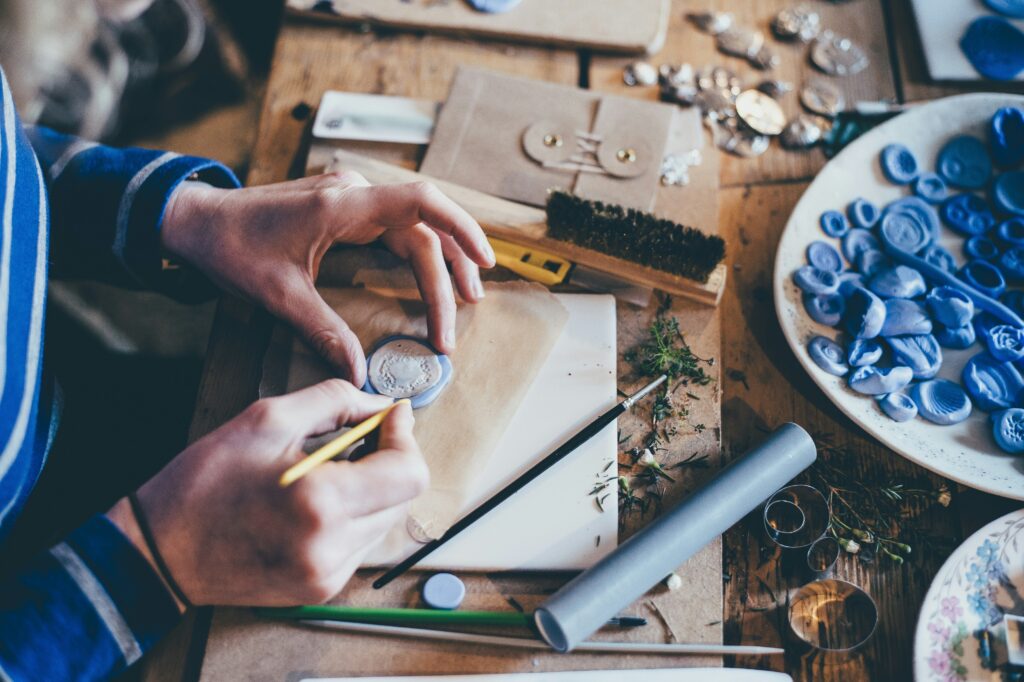
Crafting communities, both in-person and online, provide a safe space where people can share ideas, offer encouragement, and celebrate each other’s successes. Whether it’s a knitting circle, a pottery class, or an online Facebook group, the shared experience of creating something together fosters a sense of belonging and support. This social aspect of crafting can be especially beneficial for those who feel isolated or lonely, as it creates opportunities for genuine connection and emotional support.
Moreover, crafting together can improve communication and build friendships. Crafting is often a collaborative activity, with people offering tips, sharing materials, or simply enjoying each other’s company while working on their projects. This social interaction helps strengthen bonds and creates a sense of community that contributes to overall emotional well-being.
Developing a crafting route for your mental well-being
Incorporating crafting into your daily or weekly routine can have lasting benefits for your mental health and well-being. The calming effects, the mindfulness it promotes, the boost in self-esteem, and the sense of connection with others are all reasons why DIY projects should be embraced as a tool for stress relief. Whether you’re a beginner or a seasoned crafter, there’s always room to grow and learn in the world of handcrafts, and every project – no matter how small – contributes to your overall well-being.
Let’s recap:
- It’s not a secret that our world is a fast-paced one and we’re facing a lot of sensory input in every waking moment
- Ironically, all this connectedness, can also lead to a sense of isolation
- The tactile repeated motion of working with your hands can give your brain a much-needed break from all that sensory input
- It is known that working with your hands can significantly reduce anxiety and stress
- Additionally to the positive effects of crafting in and of itself, finished pieces can lead to a sense of accomplishment and can build your sense of self over time
- The crafters’ community is huge: Participating in trade fair, courses, events and even becoming part of social media groups can help you feel connected to a community
- It gives you the opportunity to learn and to improve your skills
- And as always: Remember that everyone had to start somewhere. Not everything will be perfectly executed all of the time – and that’s okay.
So, the next time you’re feeling stressed or need a break from the digital world, pick up a craft project. Whether it’s knitting, painting, sewing, or any other creative pursuit, handcrafting offers a simple and effective way to relax, recharge, and take care of your mental health. Remember, crafting isn’t just about making something beautiful; it’s about giving yourself the time and space to nurture your mind and spirit. Happy crafting!


